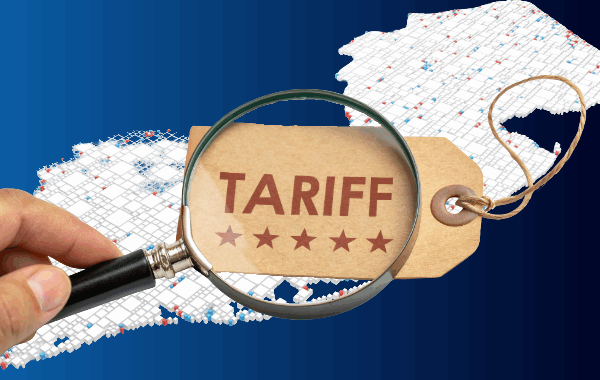An independent study commissioned by the U.S. Equal Employment Opportunity Commission has concluded that pay data collected from certain private employers and federal contractors through the EEO-1 form is an effective tool in enforcing pay discrimination laws.
The National Academies of Sciences, Engineering, and Medicine recently issued a nearly 300-page report examining the EEOC’s 2017 and 2018 pay collection data to recommend the most effective use of the information and identify ways to improve the process should the commission decide to collect the EEOC-1 Component 2 pay data again in the future.
“The study confirmed what we at the EEOC have long known – collecting and analyzing pay data can be a useful tool in preventing and combating pay discrimination in American workplaces,” said EEOC Chair Charlotte A. Burrows said in a July 28 statement about the report’s findings.
The EEOC began collecting EEO-1 Component 2 pay data under the Obama administration, but that effort was later halted by the Trump administration. A federal court intervened, and the EEOC completed its collection of the 2017 and 2018 pay data in 2020 under court order. The EEOC suspended the collection of EEOC-1 Component 2 data for 2019 but said it was not ruling out collecting the data again at some point in the future.
Specifically, the National Academies’ study concluded:
- Collecting pay data is necessary to assess pay practices and differences in compensation by sex, race, and ethnicity.
- The data the EEOC collected is unique and no other federal data collection captures the same information from private-sector employers.
- Response rates from employers submitting pay data were about 90% for this first-time data collection in 2017 and 2018, covering approximately 70,000 employers and over 100 million workers in each collection year.
- Pay data would enable the EEOC to pursue a more data-driven approach to investigation and resolution of discrimination charges and could be used to help prioritize investigations and the allocation of resources; identify systemic discrimination; and analyze national, regional, and industry-based pay gaps.
- To improve the EEOC’s ability to enforce the law and address pay disparities, the EEOC should expand and strengthen its data collections. It recommended several short- and long-term improvements that would enhance the reliability of any future pay data collection and make it easier for employers to produce the information.
As an example of the data’s potential use, National Academies’ review of the 2018 data revealed some unnamed employers in the Silicon Valley technology sector that have significant race and gender disparities compared to their industry counterparts. For example:
- One employer had a -51.3% pay gap for Black men compared to white men in the professionals job category;
- Another employer had a -52.3% pay gap for Hispanic female professionals relative to white male professionals; and
- A third employer had a -52.4% pay gap for Asian female technicians compared to white male technicians.
The lack of access to pay data has been a longstanding barrier in efforts to enforce federal laws prohibiting pay discrimination and was the reason the EEOC voted in 2016 to collect pay information from private sector employers with more than 100 employees and certain federal contractors. Many employers found the pay-reporting requirement to be burdensome.
The National Academies will hold a webinar about its findings at 1 p.m. on Tuesday, Aug. 2. For more information, or to register, go here.




